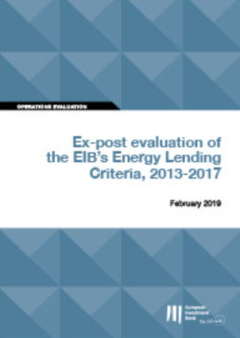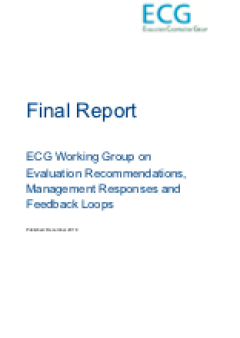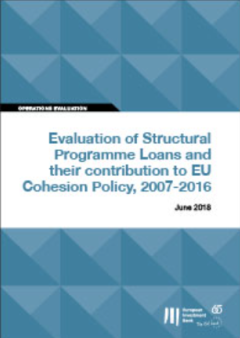

Documents
Member's Documents
The EIB’s Energy Lending Criteria aim to support the Bank in contributing to EU Energy Policy by setting out: (i) the criteria by which the Bank screens and assesses the energy component of projects; and (ii) priorities the Bank’s activities in the energy sector.
Member's Documents
The EBRD’s 2010 Property Strategy was strongly shaped by the financial crisis of 2008, which hit the Property and Tourism sector (P&T) particularly hard. “Crisis response” was an immediate and dominant operational priority. Longer-term, the Strategy’s objectives were limited to a…
ECG Reference Document
Member's Documents
Lending through financial intermediaries, widely known internally as “credit lines,” has been a significant part of the Bank's operations since its inception. Credit lines have allowed it to reach larger numbers of smaller borrowers than possible through direct lending, and alongside…
ECG Practice Notes
This Practice Note aims to provide guidance on the formulation of evaluation recommendations by putting forward “suggested features”. In doing so, the Note seeks to answer the following questions: Who should formulate evaluation recommendations? When should evaluation recommendations be…
Member's Documents
The EIB provides Structural Programme Loans (SPLs) so that Member States or regions can provide their expected share of funding for the Structural (and Investment) Funds to increase cohesion.
Document Type:
Filter By Member:
- (-) Independent Evaluation Department, European Bank for Reconstruction and Development (106)
- (-) Evaluation (EV), European Investment Bank (48)
- Office of Evaluation and Oversight, Inter-American Development Bank (121)
- Independent Development Evaluation, African Development Bank (85)
- Independent Office of Evaluation, International Fund for Agricultural Development (68)
- Independent Evaluation Group (IEG), World Bank Group (59)
- Independent Evaluation Department, Asian Development Bank (51)
- Independent Evaluation Office, Global Environment Facility (40)
- Independent Evaluation Department, Islamic Development Bank (26)
- Independent Evaluation Office of the International Monetary Fund (23)
- Independent Evaluation Office, New Development Bank (7)
- United Nations Evaluation Group (UNEG) (6)
- OECD-DAC Evaluation Network (1)



